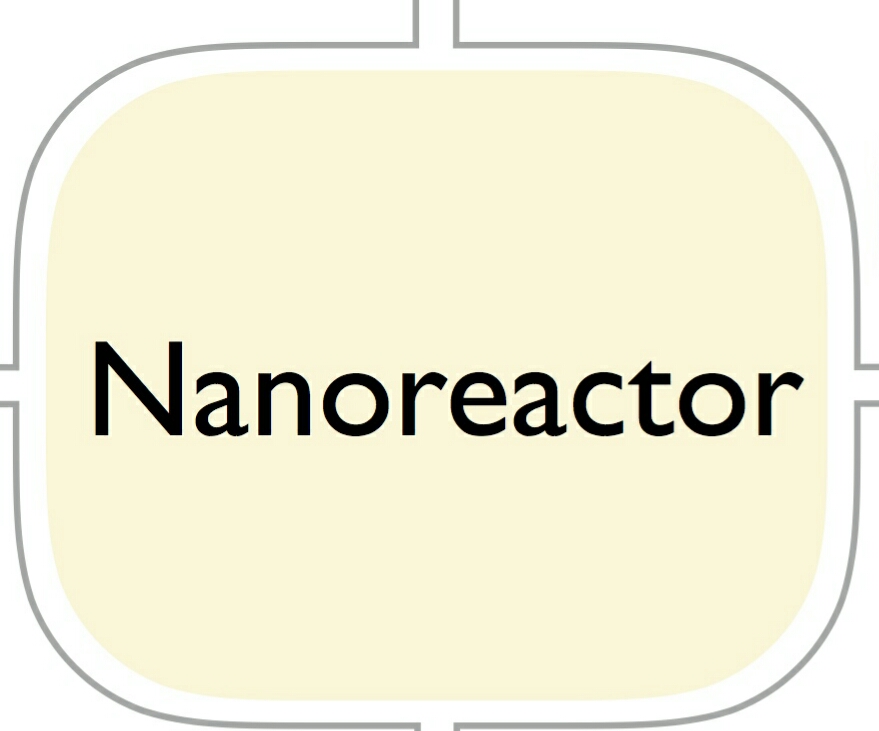Nano reactors Nano reactor (electrical conductivity, volume and cavity of tissues) based on PhD in nano-microelectronics (PhD in education and research)
Researcher and author: Dr. ( Afshin Rashid)
Note: Nanoreactors are very diverse. Simple or complex materials, organic and inorganic with electrical conductivity, volume and cavity of tissues are used as nano-reactors.
Unlike micro-reactors, the reaction space inside nano-reactors greatly affects the mobility and interactions between the molecules inside it. Therefore, the nano-reactor is not just a simple holding container and plays an important role in the electrochemical process. Nano-reactors are relatively new materials, but in nature, various processes of nano-reactors have been used for a long time. Performing electrochemical reactions in confined spaces with nanometer dimensions and micrometer volume leads to changes in the kinetics and the whole process path . Such confined spaces used to perform specific electrochemical reactions are called nano-reactors . Nanoreactors are very small nanometer-sized containers that have great potential for improving conversions by protecting catalysts from environmental influences as well as confining reactors and catalysts in a small space for a long time. They have electrochemical. In fact, nanoreactors are porous materials, one of the dimensions of which is the nanoscale.
In general, nano-reactors can be divided into two groups: natural and synthetic nano-reactors. The first group has a more selective function and at the same time a more complex structure, while the second group has more variety and a simpler structure. Natural Nanoreactors Cells and cellular organs, which are the most ideal nanoreactors, have lipid membranes. These nano- reactors are selectable. This means that they are able to differentiate between different molecules and only allow certain molecules to enter their internal cavity. In addition to selectivity, cells are sensitive by having pores in the membrane that open and close with external stimuli such as pH changes. Selectivity and sensitivity are characteristic of all natural nanoreactors and are used in the production of nanosensors.




